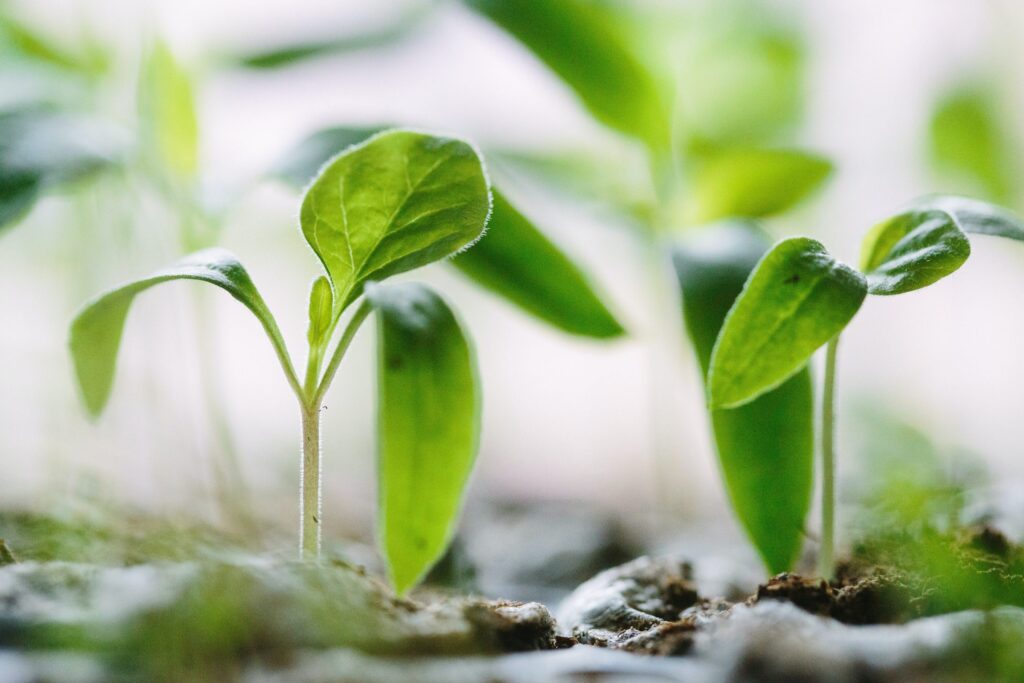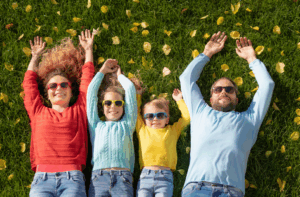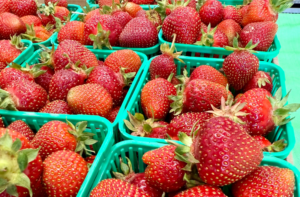Have you ever had the pleasant surprise of spotting a green roof where you expected to find a typical flat, black one? Instead of a huge expanse of tar, there are vibrant green plants, shrubs and maybe even trees? It’s like discovering a secret garden, only better, because the benefits of a green roof are rooted not just on the surface in the aesthetics, but far deeper.
First, a green roof or living roof is a roof of a building that is partially or completely covered with plants and vegetation. We’re big believers in green roofs and we have seen the advantages firsthand because our own Sifton Centre has two green rooftops and we’re in the planning stages of designing a green roof for Riverstone, our retirement building. We’re proud to share with you some of the benefits we’ve realized.
Energy Costs Go Down
The numbers are impressive. Even a little green roof can make a big difference. A study by the National Research Council of Canada found that even a six-inch extensive green roof can reduce summer energy demands by more than 75% compared with a traditional black tar roof. The difference? A green roof absorbs the heat while a black roof attracts it. During the summer months, our green roofs assist in cooling our building and in the winter, they help to minimize heat loss. The cooler green roof lowers the need for air conditioning during the hot summer months, which translates into decreased production of the air pollution and greenhouse gas emissions that are by-products of air conditioning. An added bonus is that because a green roof provides a layer of natural protection, the roof itself will last twice as long as a traditional one.
Air Quality Goes Up
This is where we see the incredible power of plants. On a green roof, the plants may look idle, but they are actually multitasking. They are filtering the air for us, removing any particulates that we should not breathe in. They’re also busy producing the oxygen we breathe.
Water Stays Put
Stormwater runoff is significantly reduced and slowed by a green roof. In fact, if you compare a city block with hard surface rooftops with a woodland area the same size, the city block generates five times more runoff. The difference is that a green roof can absorb and filter water, which lowers the likelihood of flash floods and overflowing sewers. In fact, a green roof retains up to 90% of the precipitation that falls on it in the summer, and up to 40% in the winter. In the case of our green roofs at Sifton Centre, they allow for additional filtering of rainwater before it reaches our greywater harvesting system increasing the operating efficiency.
Best of all, our green roofs support nature and the ecosystem. At the Sifton Centre, we have created an ideal urban environment where bees come to pollinate, at Riverstone, our green roof will feature a growing medium where fresh vegetables will be grown to be used for meals in the kitchen. The green roof is an energy-efficient, water-conserving, nature-supporting way to top off the place you call home! Find out more about our innovative buildings and London’s first neighbourhood powered by the sun.




